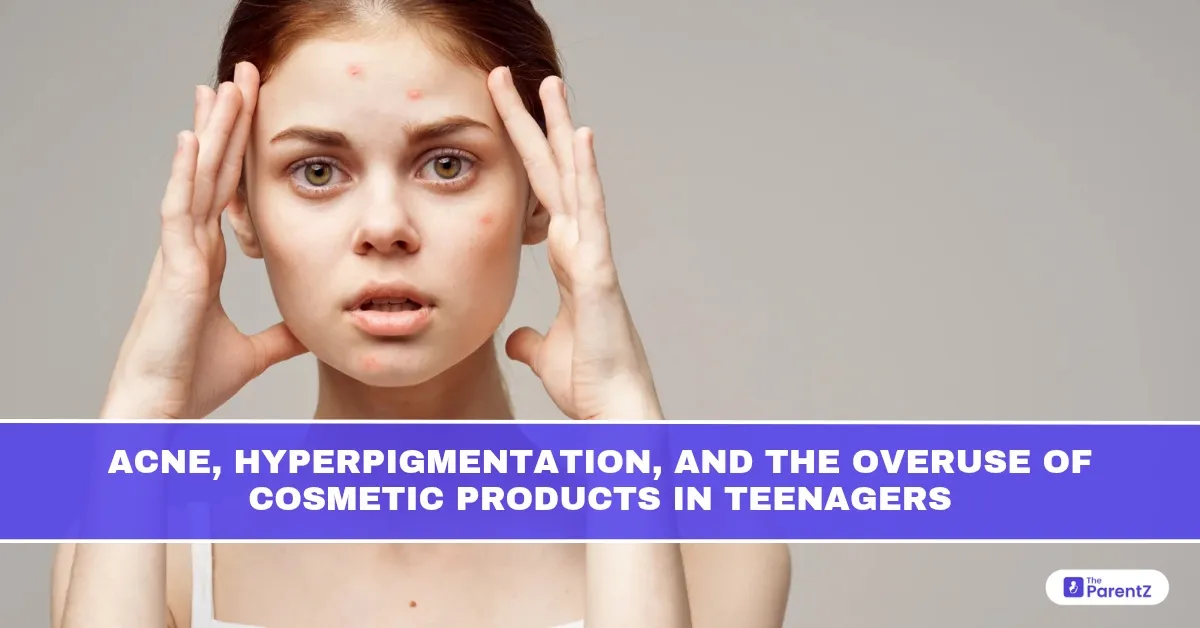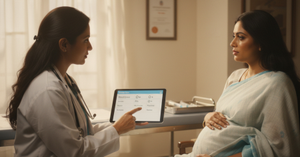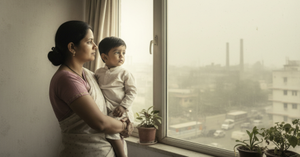Adolescence is a time of physical transformation and often emotional turbulence. As teenagers become more conscious of their appearance, many turn to cosmetic products hoping to fix acne, lighten scars, or smooth their skin tone. While a little skincare can be empowering, overuse or misuse of cosmetic products can backfire, leading to worsening acne, skin barrier damage, and post-inflammatory hyperpigmentation (PIH).
In the era of social media filters and beauty influencers, it’s vital that teenagers (and their parents) understand that healthy skin is not perfect skin. Puberty-driven changes like oiliness and acne are normal, and real skincare is about supporting the skin, not fighting it.
Why Do Teenagers Struggle with Acne and Skin Darkening?
1. Hormonal Changes
During puberty, rising levels of androgens (male hormones present in all genders) increase oil production (sebum). This clogs pores, leading to:
- Blackheads and whiteheads
- Papules and pustules (typical acne)
- Oily sheen and enlarged pores
2. Picking or Popping Pimples
When acne is picked or popped, it injures the skin. The healing process, especially in darker Indian skin tones, often results in:
- Post-inflammatory hyperpigmentation (PIH) – flat dark marks
- Scarring – pitted or raised texture
3. Use of Harsh or Unsuitable Cosmetics
To “treat” these concerns, many teens:
- Overuse fairness creams, scrubs, and acne gels
- Layer multiple products without understanding interactions
- Fall prey to marketing promises of “instant glow” or “pimple-free in 3 days”
Unfortunately, this often leads to:
- Skin irritation and redness
- Peeling, dryness, or burning
- Worsened acne and pigmentation
The Vicious Cycle of Overuse
Teenagers often don’t realise they’re doing too much. Here’s a common pattern:
- Acne appears
- They use strong products—scrubs, astringents, alcohol-based toners, or harsh face washes
- Skin becomes inflamed or overly dry
- Skin compensates by producing more oil
- More breakouts appear
- They try to “cover up” with concealers or fairness creams, which clog pores even more
This cycle leads to persistent acne and darker skin spots, lowering self-esteem and increasing frustration.
Common Culprits in Teen Skincare Products
Some ingredients frequently found in popular cosmetic products can actually harm teenage skin, especially if used unsupervised:
- Hydroquinone or steroids: Found in fairness creams; may temporarily reduce pigmentation but thin the skin and cause rebound darkening
- Alcohol-based toners or face washes: Over-dry the skin, causing irritation and more oil production
- Scrubs with walnut or apricot granules: Create micro-tears, worsen inflammation
- Fragrances and dyes: Common allergens that can trigger rashes and burning
- Layering multiple actives (like salicylic acid + retinoids + glycolic acid): Without proper spacing or understanding, this can overwhelm the skin barrier
How to Build a Safe and Simple Teen Skincare Routine
The best skincare is gentle, consistent, and minimal.
1. Cleanser
- Use a mild, non-comedogenic face wash twice a day
- For oily skin: Gel-based cleansers with salicylic acid (0.5–2%)
- For dry or sensitive skin: Cream-based cleansers without fragrance
2. Moisturizer
- Even oily skin needs moisture to stay balanced
- Choose non-comedogenic, fragrance-free moisturizers
3. Sunscreen
- Essential to prevent darkening of acne spots (PIH)
- Use broad-spectrum SPF 30 or more, preferably mineral-based
4. Spot Treatments (Under Guidance)
- Products with benzoyl peroxide (2.5%) or adapalene can help—but only under supervision
- Avoid layering too many actives at once
When to See a Dermatologist
It’s time to consult a professional if:
- Acne is painful, cystic, or spreading
- Scars or dark marks are increasing
- Over-the-counter products cause burning or peeling
- Skin is reacting to multiple products
- Teen is showing signs of anxiety or low confidence due to appearance
A dermatologist can guide safe and age-appropriate treatments and help prevent long-term skin issues.
Addressing the Emotional Impact
Teenagers struggling with acne or pigmentation often face:
- Peer pressure and bullying
- Self-comparison via social media
- Low self-esteem and body image issues
- Compulsive skincare habits or social withdrawal
As caregivers, our role is to listen, reassure, and guide. Acne is not a flaw—it’s a phase. Encourage open conversations, avoid harsh comments about appearance, and teach children that health > perfection.
What Parents and Schools Can Do
- Discourage the use of fairness creams or “miracle” products
- Educate children on safe skincare practices early
- Organize school talks on skin health and body positivity
- Reinforce that skin shade or acne does not define worth
Conclusion: Teen Skin Needs Compassion, Not Correction
Puberty is a season of change—and with it comes acne, oiliness, and emotional vulnerability. Teenagers don’t need a cabinet full of creams or a checklist of flaws to fix. They need gentle care, accurate information, and emotional support.
Overuse of cosmetic products only masks a deeper need: the desire to feel seen, accepted, and beautiful. And that begins at home, in schools, and in the way we talk about skin.
Let’s raise a generation that knows: real skin has pores, scars, and texture—and that’s perfectly okay.









Be the first one to comment on this story.